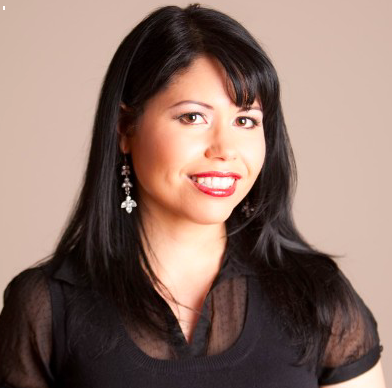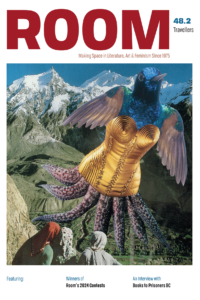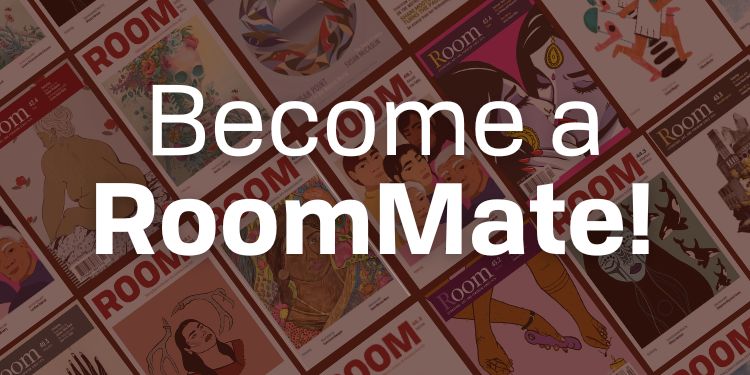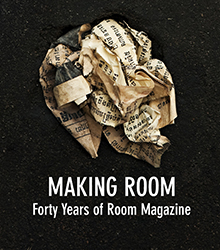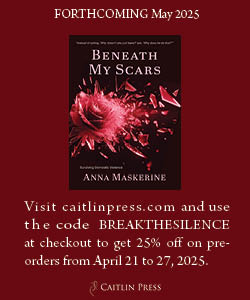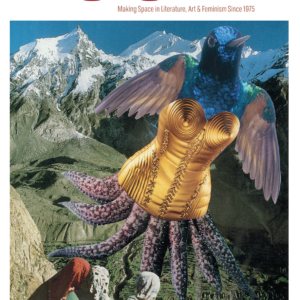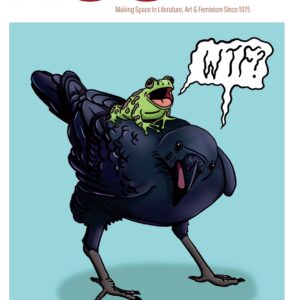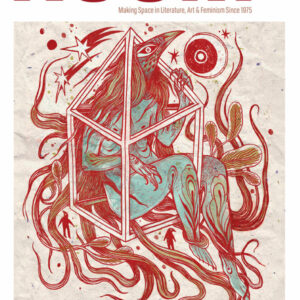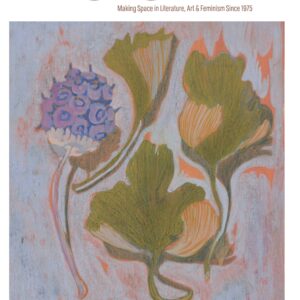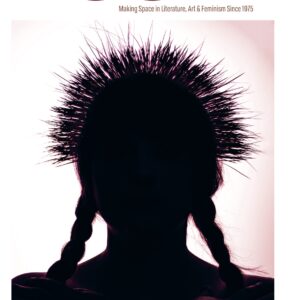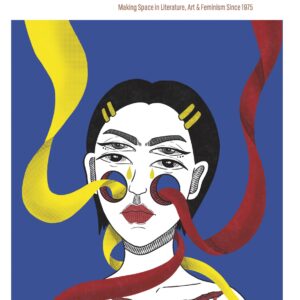“I read once that to be born Indigenous is to be born an activist – just the state of being and existing is a form of resistance to oppression. It’s unfair pressure to put on people, but as an artist I can transform that injustice into something larger than myself. Being an artist and an activist is basically being an optimist.”
Dawn Dumont grew up on the Okanese First Nation in southern Saskatchewan. She is a stand-up comedian, actor, writer, TV host, speaker, and activist. She has appeared in comedy clubs across North America, is the author of Nobody Cries at Bingo and Rose’s Run, has written plays for the stage and screen, and is a regular contributor to newspapers and magazines. You can follow her incisive and hilarious tweets (@dawndumont) or request her as a speaker. According to her website “nothing is off the table.”
You have an extremely diverse and accomplished career. What advice would you give a young Indigenous woman starting out in the arts in Canada?
Don’t worry about saying the wrong thing or if it’s the right time or if it’s good enough, take the chance to express yourself. It will lead you to interesting places.
What is your favourite type of funny to write? Stand-up? Novels? Plays? Personal essays? Social commentary? Tweets? Speeches? Other?
Tweets are nice because they are in the moment humour, which is completely sincere and off the cuff. Essays are a great way to expand upon those slice of life moments and also to explore issues in the same way that you might over coffee with a friend. I started out as a playwright so I always appreciate the collaboration that goes into plays – I love watching theatre and seeing the talent on display and trying to find a way to capitalize on it.
When I’m writing stand-up, I get to say all those things you would only yell to your friends over a dirty table in a crowded pub.
Novels are like an extended daydream and probably my favourite to write but definitely the most time consuming.
How does your writing practice differ depending on the genre?
Stand-up is generally written in the moment of telling a story. There are friends whose laughter seems to inspire me and when I’m telling them a story and making them laugh, it seems to bring out even more outrageous tags and punch lines. My most successful material has come out of these moments.
What projects are you working on now? What are you most excited about?
I’m currently working on a sequel to Rose’s Run. There are three books in the series so when I find stuff that doesn’t fit in this book I throw it to the third. That way I don’t feel like anything is going to waste. I also have a book that’s coming out in 2017 called Glass Beads which is a series of interconnected short stories about four young First Nations people from ages eighteen to forty. The time frame is the ’90s and early 2000s. The young First Nations growing up in those years were one of the first generations who lived the majority of their lives off the reserve and who dealt with racism, the intergenerational effects of residential schools and multiple episodes of Saved by the Bell playing every day.
Rose’s Run felt like a supernatural, Rez Bridget Jones’s Diary to me. It’s hilarious and dialogue-propelled, yet characters point with their lips and make jokes about social services. How would you describe your fiction?
Mostly I’m trying to recreate a place that is often limited in portrayals. As a humourist, I’m going to find the funny stuff but I hope people are also seeing enough of the challenging reality of that world. I’m also hoping that they see the truth and beauty of it.
I loved the relationship between Rose and her eight-year-old daughter, Callie, in Rose’s Run, which the narrator describes early on as co-dependent. The relationship is sweet and quirky and real. How do you develop your characters?
Usually I think of a character and the traits. For instance, a dad, early thirties, contractor, long legs and goofy laugh. Then I think of a person I know and base the character on them. Sometimes in early drafts I even use the person’s name and then I change it later. Other times, the character just jumps fully formed onto the page with no intermediary.
You must be happy to have another funny person in the family. How has becoming a mother changed the way you see the world?
I feel an obligation to be nicer to people. Which is crazy because I’ve never been more tired and cranky. Yet now I’m aware of how much people have on their plate and how kind they are despite that – it inspires me to push past my limits.
I also laugh more. Even though I’m constantly operating at a level five state of worry, my toddler always makes me smile. He has brought home the beauty of simplicity. One of my favourite moments from this year was after we’d moved to our current home and he and I were sitting on a mattress, surrounded by boxes and sharing a piece of pizza. I cannot think of a moment when I was more content.
I described you as an activist in my introduction. Would you describe yourself as one? If so, what issues are you working on now?
When I was in law school, I had a girlfriend who was always trying to invite me to “Women and the Law” meetings. I would beg off at that point. I was constantly running to the mall to spend my tiny savings on cheap clothes. Also, I didn’t know how I could make a difference. I had grown up seeing poverty, abuse of all kinds, and other injustices. The problems seemed too huge to even consider tackling.
But as I’ve grown older, I’ve learned how to break things down into smaller bits and I’ve realized that I can’t do everything. I support those activists whose work I respect such as Cindy Blackstock, Sheelah McLean and Don Worme. Then I use humour to tackle problems that I understand.
I am actively opposed to racism and sexism – but that’s what I would expect of any rational human being. I use humour to point out inaccuracies in the ‘isms. I don’t like coming down hard on issues. It’s narrow-mindedness and extremism after all that create so many problems in this world.
I read once that to be born Indigenous is to be born an activist – just the state of being and existing is a form of resistance to oppression. It’s unfair pressure to put on people, but as an artist I can transform that injustice into something larger than myself. Being an artist and an activist is basically being an optimist.
Nobody Cries at Bingo is, for one, the story of the artist as a young reader. What writers influenced you most? What are you reading these days?
Nobody Cries at Bingo was inspired by the writing of David Sedaris. In my late twenties, Sedaris got me through some tough times and I wanted to write a book that made people laugh in spite of whatever difficult situation they might be in. I wanted it to be a book that would make you giggle while waiting for the bus on the way to a soul-sucking job, or a stolen moment in a coffee shop while escaping from an asshole roommate. That’s what Sedaris was for me – always putting life into perspective. If you can laugh then you can survive until the solution arrives.
Before Sedaris, I was in love with Jane Austen and Pride and Prejudice. The heroine is a pretty girl but not the prettiest and her greatest quality is her wit – c’mon what bookish girl couldn’t identify with Elizabeth Bennett? Unfortunately Austen set us up for a lifetime of disappointment – as it turns out, a great many men prefer big tits to being told off by women with intelligent eyes.
I read a lot of Richard Van Camp these days and I’m always struck by how I recognize my reserve upbringing in his stories even though he grew in the far north and I grew up in the south. When I read his stories, I get to see the world through his mixed up male protagonists as opposed to my generally more female perspective – I feel like Richard Van Camp is my male counterpart. Yes, I said that.
What’s next for Dawn Dumont?
Editing, Glass Beads, working on a sequel to Rose’s Run, and developing a project about Missing and Murdered Indigenous Women. And of course enjoying being a mom.
Is there anything else you’d like to share with Room Magazine blog readers?
Thank you for reading. Even if you didn’t read, I would still write. But what a joy it is to find out that someone “got it.”
